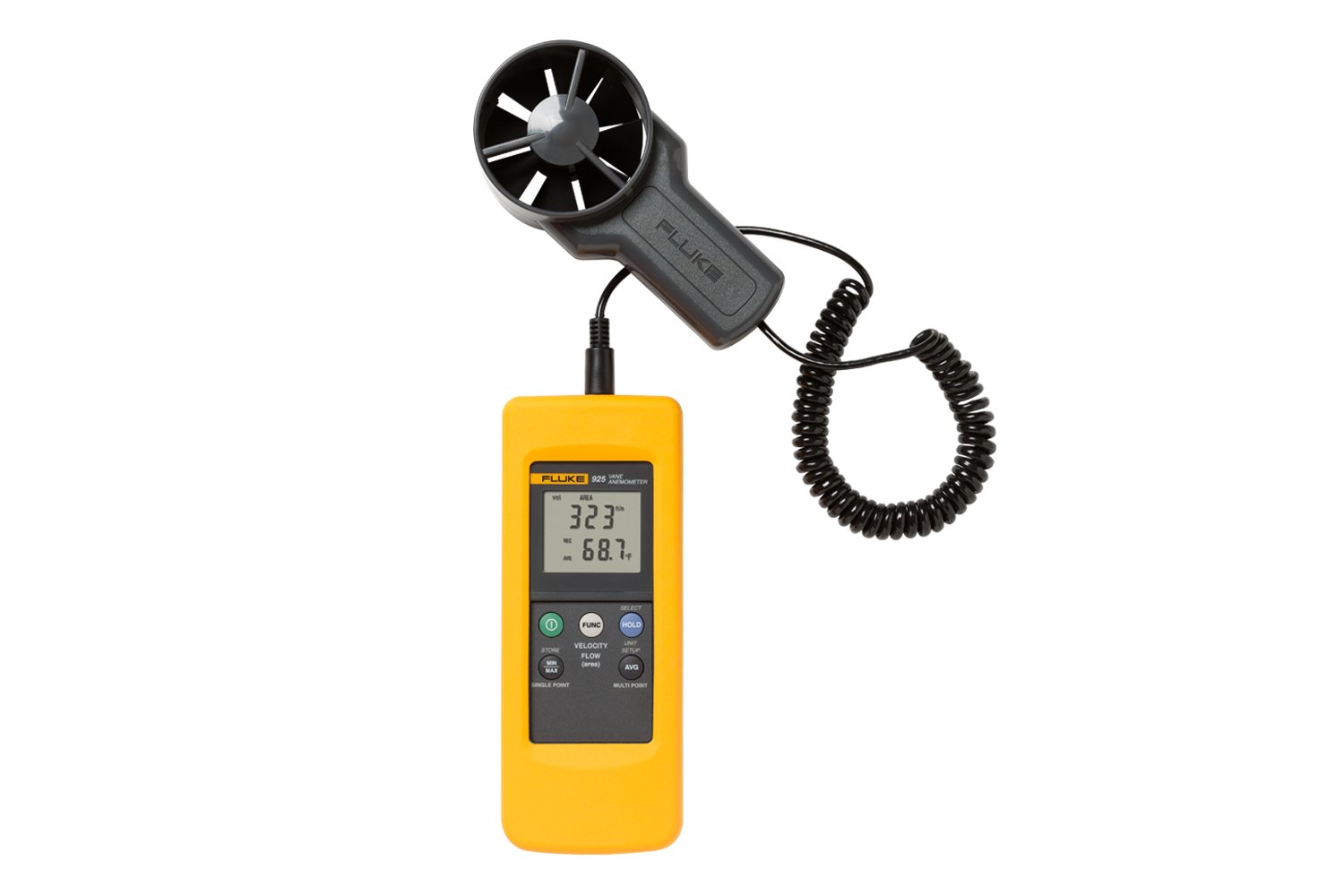Anemometer Innovations: The Most Up To Date Technology for Wind Rate Dimension
Wiki Article
All You Need to Understand About Anemometers: Exactly How They Work, Why They Matter, and Where to Make use of Them
Anemometers, though commonly neglected in the realm of scientific tools, play an important role in numerous fields, using beneficial insights into wind speed and airflow patterns. As we delve into the ins and outs of anemometer modern technology, we will certainly uncover the inner operations of these devices, their importance, and the crucial factors to consider when choosing the ideal anemometer for details applications.
Anemometer Fundamentals
An important tool used to gauge wind speed and direction, the anemometer plays an important function in weather forecasting and various industries. An anemometer typically is composed of three or four cups that revolve in the wind, a vane that aims into the wind, and sensing units to track the rotations or activities.
There are various types of anemometers readily available, consisting of cup anemometers, vane anemometers, hot-wire anemometers, and sonic anemometers, each with its unique functions and applications. Mug anemometers are typically used for basic wind speed dimensions, while vane anemometers are preferred for directional measurements.
Principles of Anemometer Operation
Structure on the foundational understanding of anemometer basics, the concepts of anemometer procedure clarify the mechanics behind wind speed and direction measurements. Anemometers operate on the principle of air flow affecting a sensing unit, triggering it to revolve. Mug anemometers, for example, have 3 or even more mugs that catch the wind, triggering them to spin quicker as the wind speed boosts. The rotation speed is then converted into a wind speed measurement. Vane anemometers, on the other hand, utilize a tail or a probe that aligns itself with the wind direction, offering a dimension of wind instructions based upon the orientation of the sensing unit. Hot-wire anemometers depend on a heated cord that cools as wind overlooks it, with the price of cooling down establishing the wind rate. Ultrasonic anemometers procedure wind speed and direction by evaluating the time it considers ultrasonic signals to travel between transducers. Recognizing these concepts is critical for exact and trusted wind measurements in various applications.Significance of Anemometers
The relevance of anemometers in weather forecasting and various sectors can not be overstated. Anemometers play a critical duty in gauging wind rate and direction, offering important data for climate projecting, climate research studies, ecological surveillance, and aviation procedures. Meteorologists count on anemometers to collect accurate wind information, aiding them comprehend weather patterns, anticipate storms, and problem prompt cautions to the public. click here for more In sectors such as construction, farming, sustainable power, and maritime procedures, anemometers are made use of to optimize procedures, ensure security, and raise efficiency. For instance, wind ranch operators utilize anemometers to examine wind problems and take full advantage of electrical energy manufacturing from wind turbines. In the maritime industry, anemometers aid ship navigation by supplying real-time wind details to captains, aiding them make informed decisions to guarantee risk-free voyages. Generally, anemometers are crucial devices that add significantly to safety, efficiency, and notified decision-making in meteorology and a large range of markets.Applications Across Various Industries
In the renewable energy sector, anemometers play an important duty in assessing wind problems for wind farm placements, making certain optimal power manufacturing. Industries like building and construction and mining utilize anemometers to keep an eye on wind rates, critical for safety and security procedures, specifically when working at elevations or in open-pit mines where solid winds can position threats. In agriculture, anemometers aid farmers in handling crop splashing by supplying real-time data on wind speed to prevent drift.
Picking the Right Anemometer for Your Demands
For general objectives, a mug anemometer is ideal for gauging wind rate, while a vane anemometer gives wind instructions information. Hot-wire anemometers are excellent for low airspeed dimensions, and ultrasonic try this out anemometers offer high precision and toughness.
Conclusion
In final thought, anemometers play an important role in measuring wind speed and instructions across various markets. It is important to think about the value of anemometers in order to make informed decisions when selecting the most ideal device for measuring wind conditions.There are numerous kinds of anemometers available, including mug anemometers, vane anemometers, hot-wire anemometers, and sonic anemometers, each with its one-of-a-kind features and applications. Cup anemometers are typically used for basic wind rate measurements, while vane anemometers are liked for directional dimensions. Hot-wire anemometers are appropriate for low airspeeds, and sonic anemometers are suitable for high-precision dimensions in research study and commercial setups.Building on the foundational understanding of anemometer essentials, the principles of anemometer operation elucidate the auto mechanics behind wind rate and direction measurements. For basic objectives, a mug anemometer is suitable for determining wind speed, while a vane anemometer provides wind direction data.
Report this wiki page